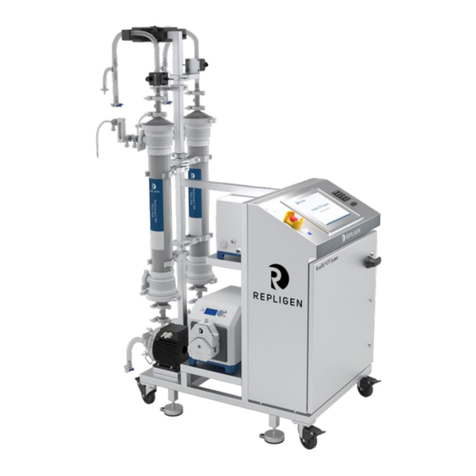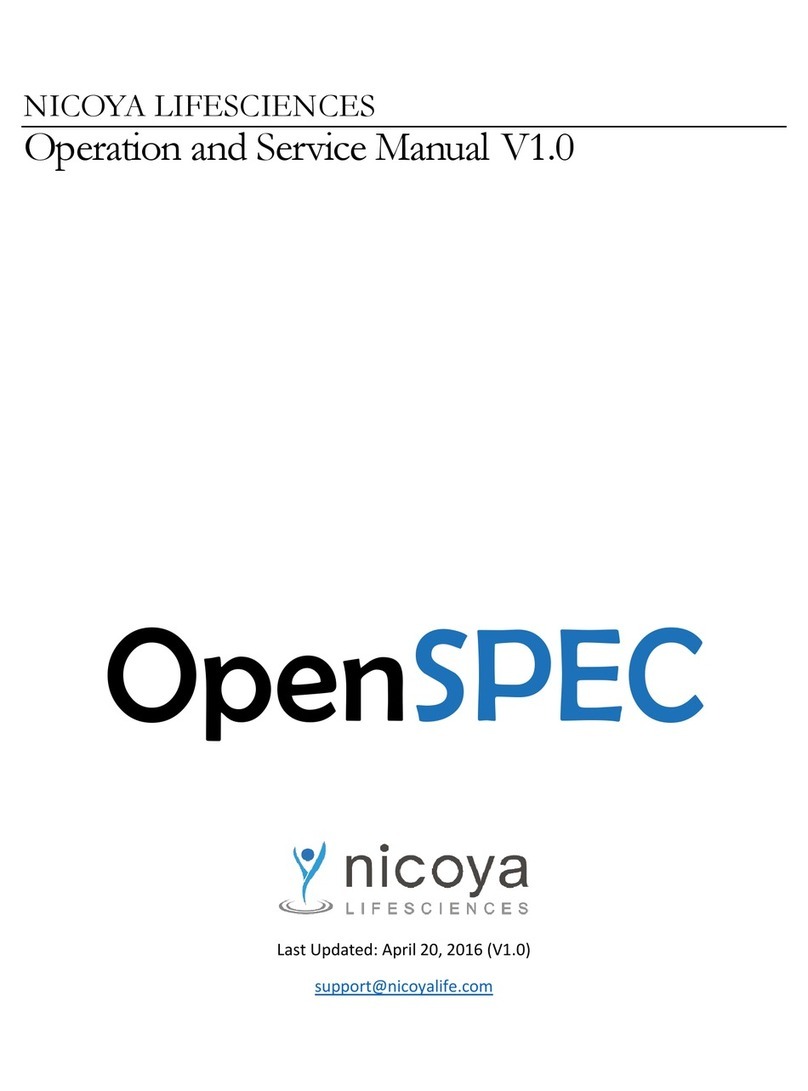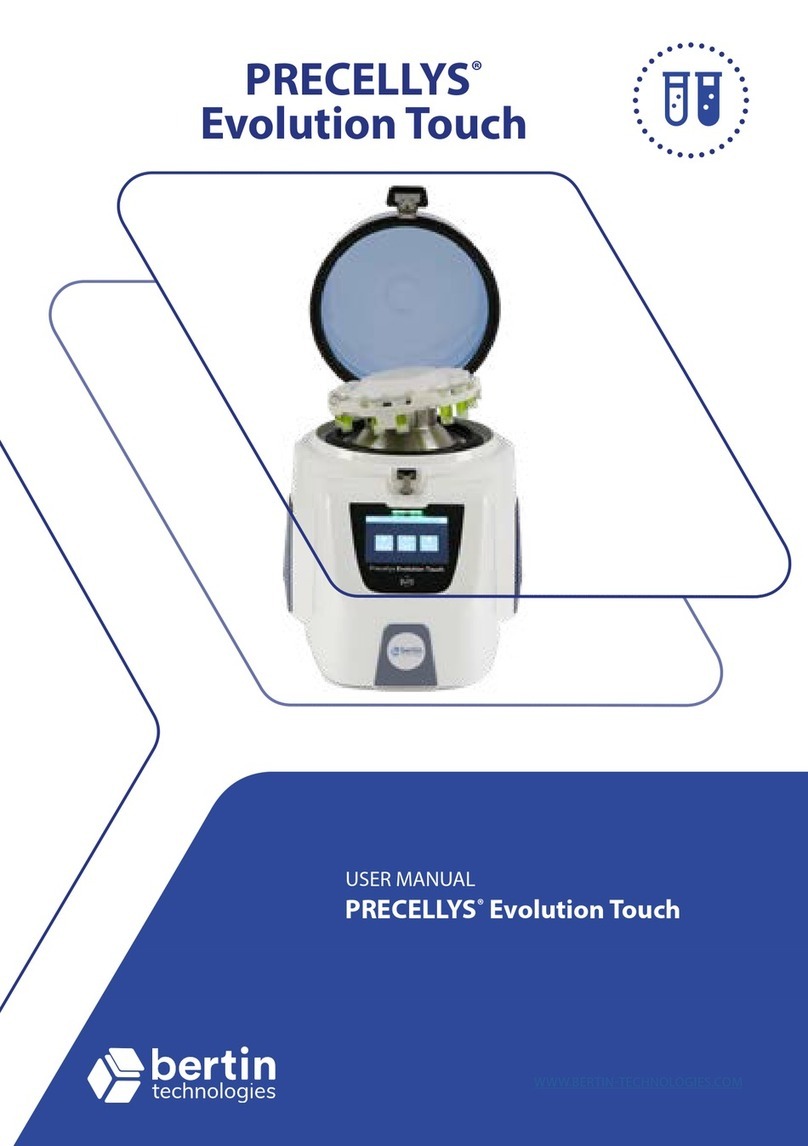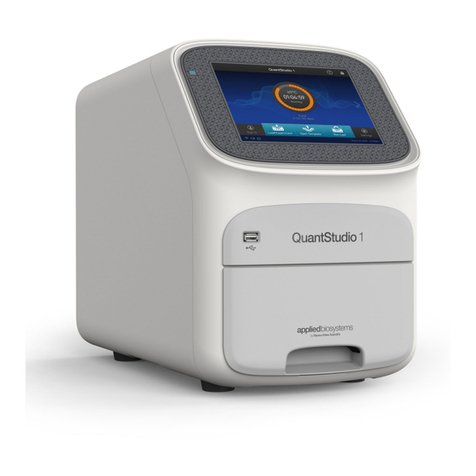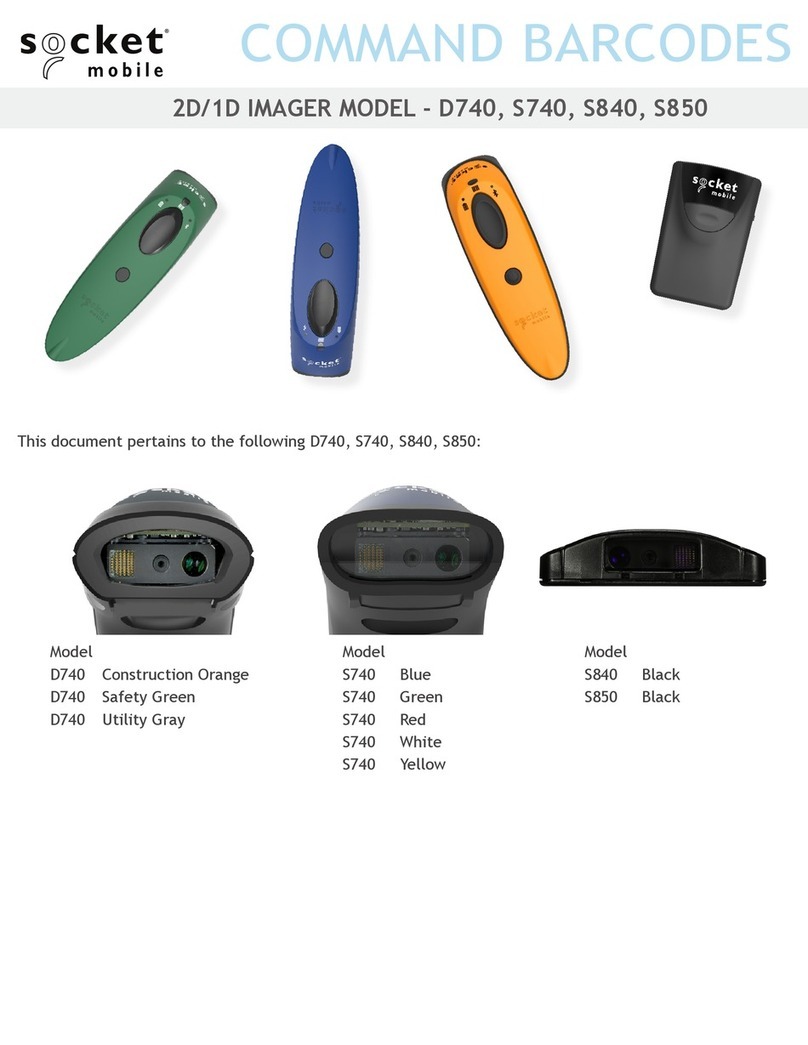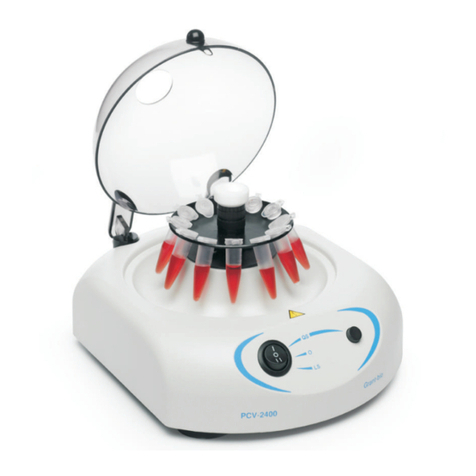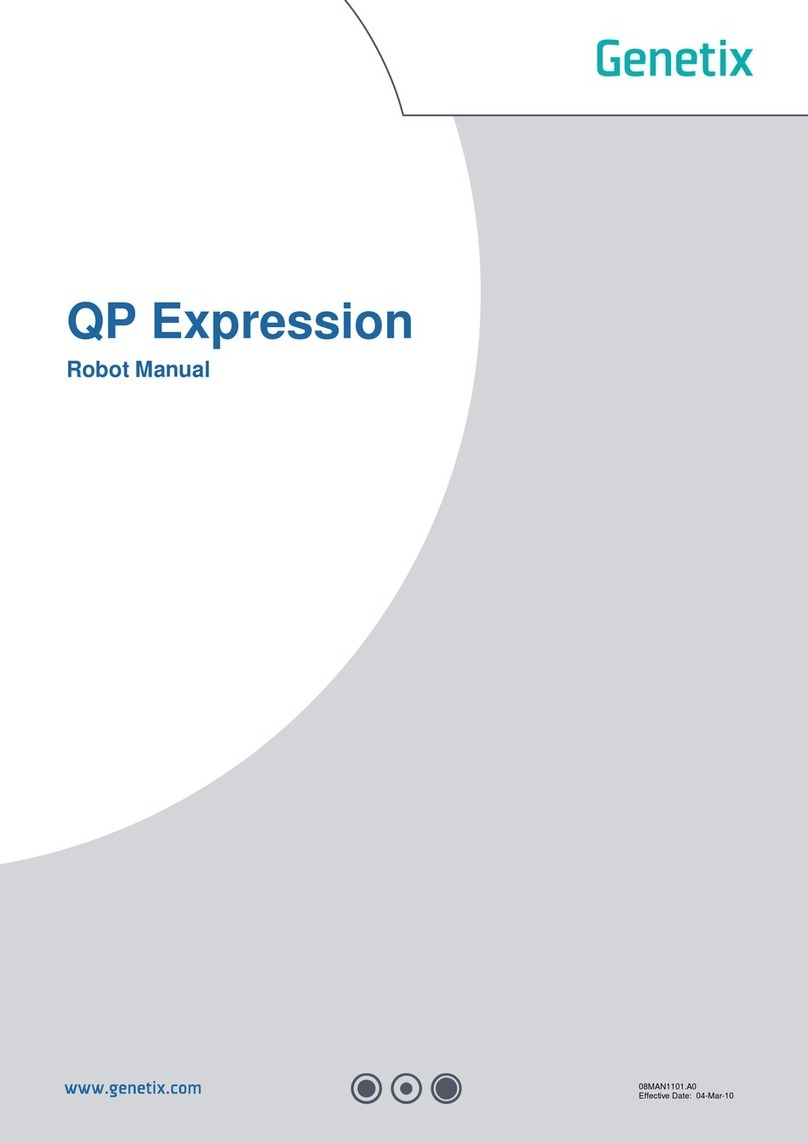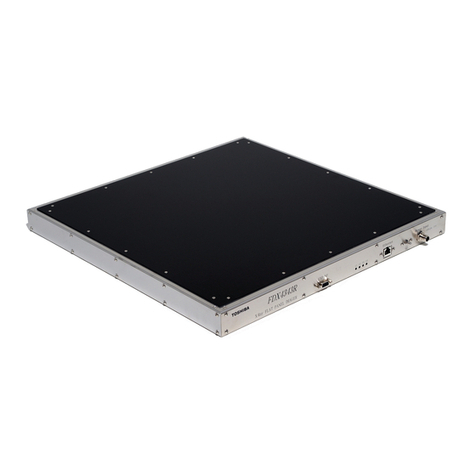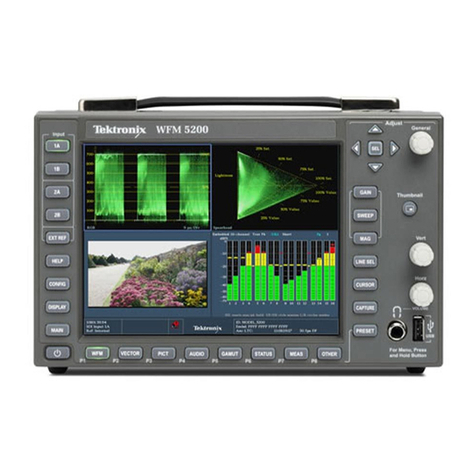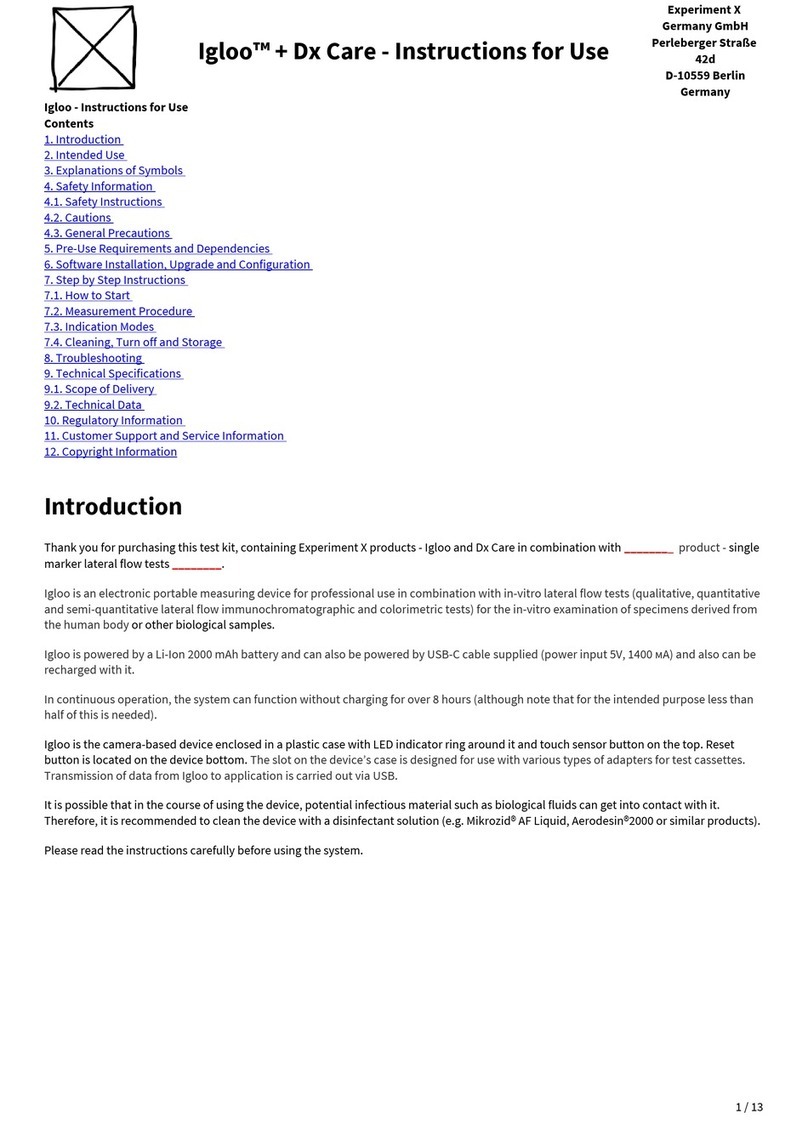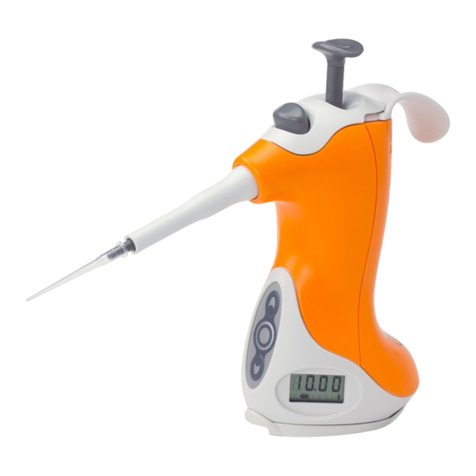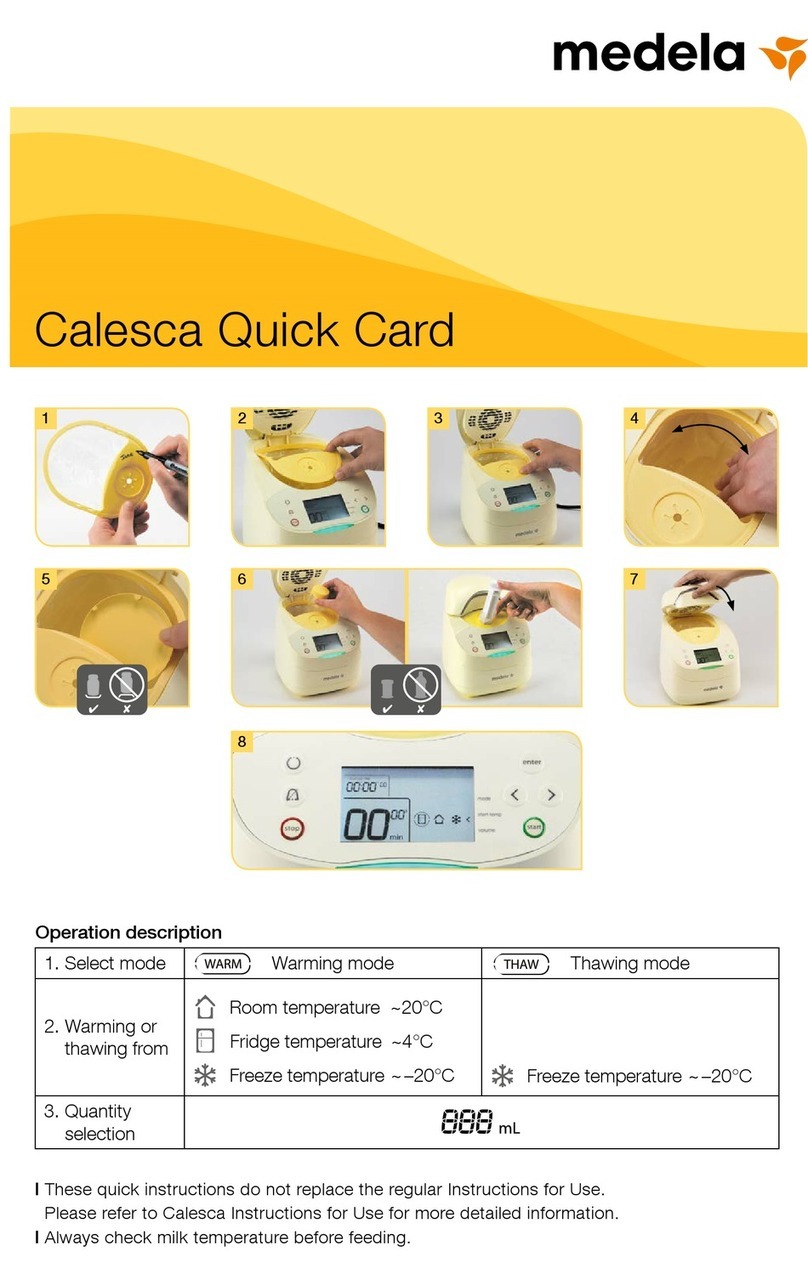
1. INTRODUCTION AND DESCRIPTION
1-2
No additional options are needed to begin analyzing, as the computer and water
circulator are standard equipment.
1.3. Quality in the Manufacturing Process
Cianflone Scientific has categorized all Portaspec components received, manufactured
and assembled into five categories:
1. Major components, such as the x-ray tube, detector tube, scaler, crystal,
controller circuit board, mA control circuit board and x-ray high voltage power
supply are all verified as being compliant to our specifications as well as each
manufacturer’s specifications prior to adding them to the general inventory.
2. Cabinet components are inspected and finished according to drawings.
3. Electrical components, such as wire, switches, transformers thermocouples and
motors are inspected and verified to function as described and requested.
4. Mechanical components, such as gears, shafting, housings, fasteners and
general machined parts are inspected to verify dimension, finish and material.
5. Assembled components, such as x-ray tube housing assemblies, goniometer
assemblies, channel plate assemblies, wiring assemblies and vacuum chamber
assemblies are all assembled from pre-inspected components and inspected to
ensure that they perform their intended function prior to final assembly.
At final assembly, the Portaspec goes through a 30-point checklist that is designed to
document radiation safety, assembly sequence and machine performance at specific
intervals. This document also includes a computer checklist, accessory checklist as
well a shipping checklist.
During final assembly, the Portaspec is made to function as the end user intends to use
it. If supplied with standards and/or test specimens, calibration files are created and
the test specimens are analyzed. Otherwise, standard in-house specimens are used.
Finally, using a certified reference material, a series of 25 readings is collected on the
finished Portaspec on the element to be analyzed by the end user. Readings are
collected one after another without repositioning the standard or turning off x-rays. The
means test compares the standard deviation for the readings collected to an expected
standard deviation. Additionally, a peak element count intensity is collected and
compared to a background intensity of another standard. Cianflone Scientific has
developed a historic relationship in ratio at specified peak and background angles.
1.4. Certificates
A “Certificate of Instrument Calibration” is supplied with the Portaspec and is valid for
12 –15 months.
Cianflone Scientific also conducts a radiation survey on the Portaspec and the
Portaspec must comply with all radiation survey specifications. A Radiation certificate
of compliance is also provided.
A certified reference material is included with the accessories in your shipment.
Readings were collected on this material after the Portaspec was certified to conform
to Cianflone Scientific standards. This CRM can be used to determine the current
capability of the Portaspec as compared to that when it was originally certified. A
Certificate of Analysis is included with the certified reference material.




















